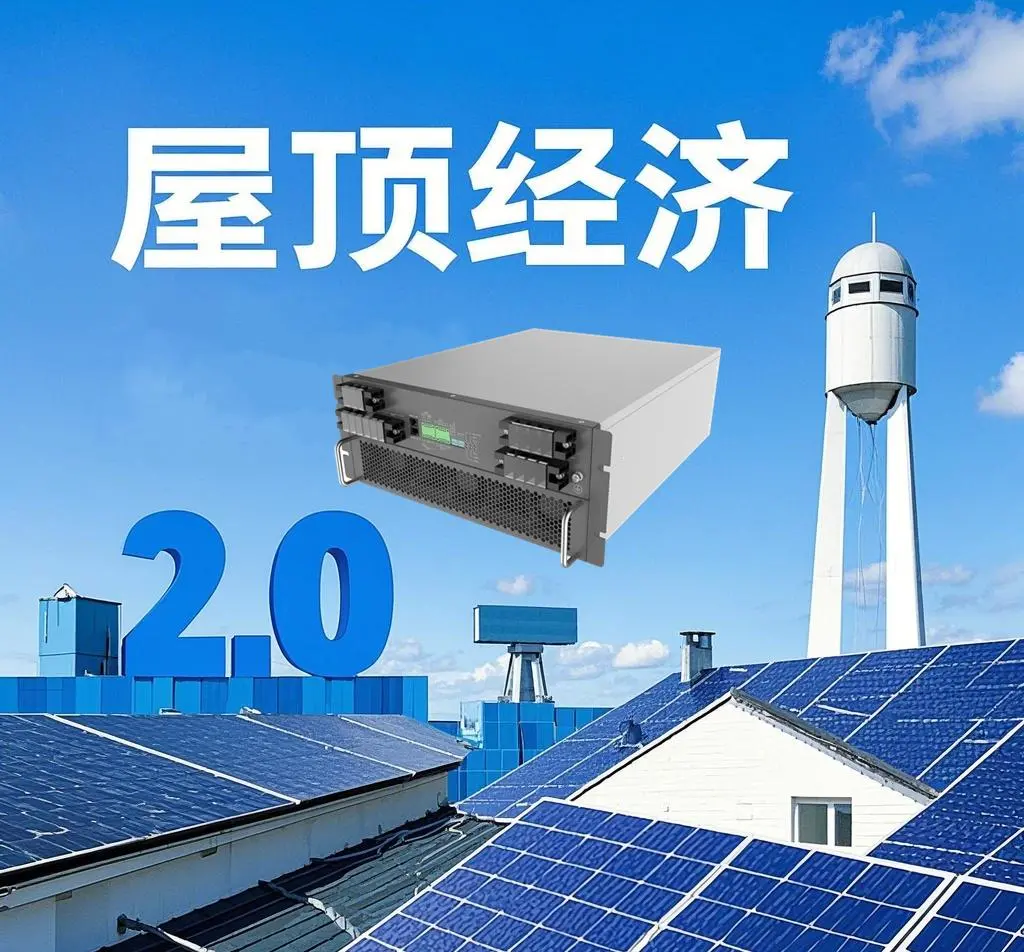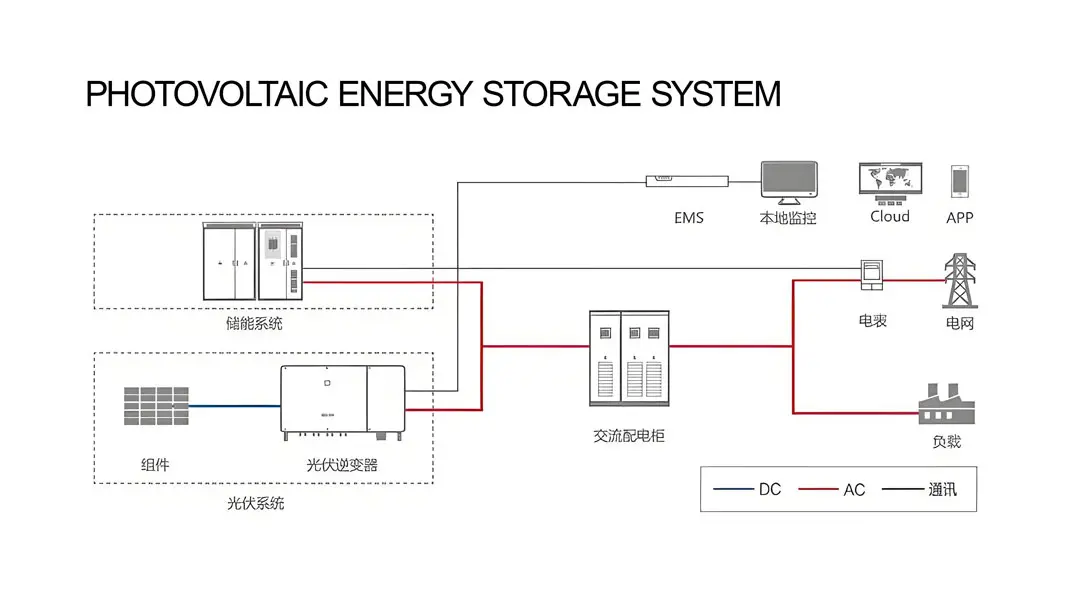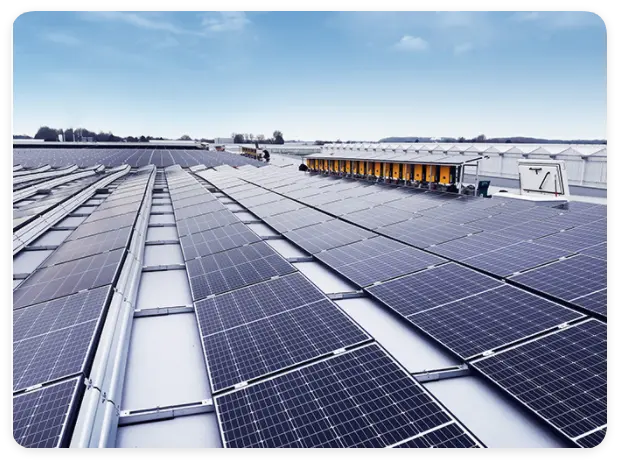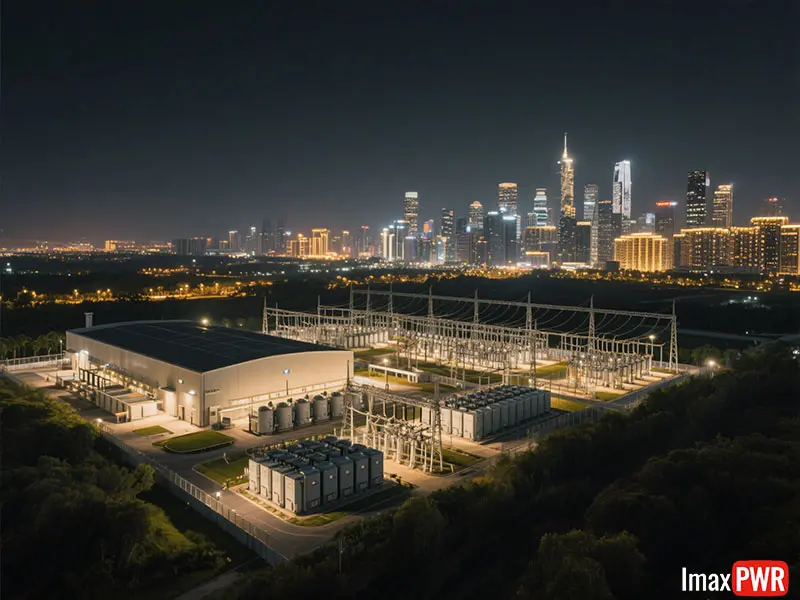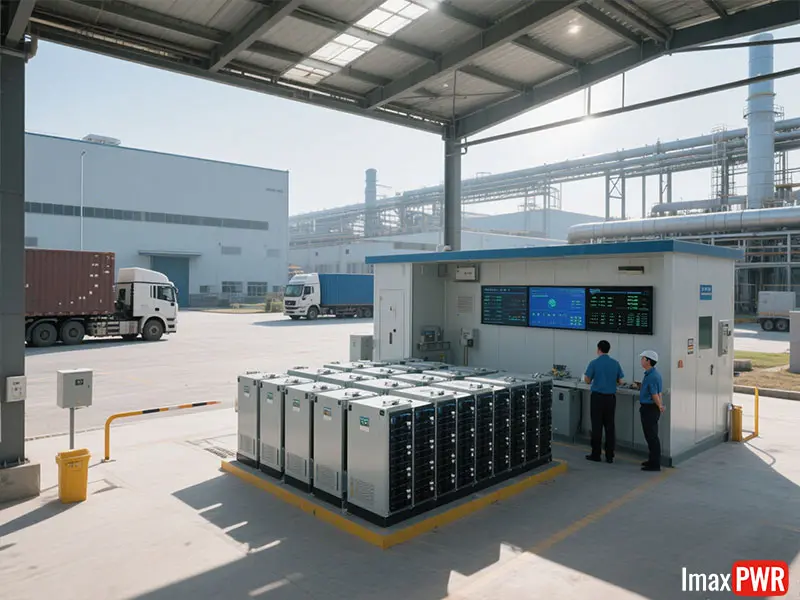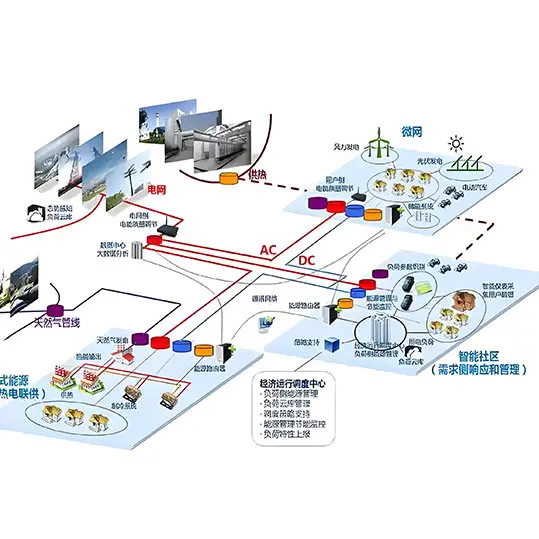Part 1: Overview of Distributed Photovoltaic Energy Storage Systems
Distributed photovoltaic energy storage systems are an integrated energy solution that combines photovoltaic power generation with energy storage technology. By installing solar panels on the rooftops or open spaces of industrial and commercial buildings, solar energy is efficiently converted into electricity. Excess electricity is stored using energy storage devices (such as lithium batteries, flow batteries, etc.) for future use. This system not only enhances energy self-sufficiency but also optimizes energy allocation through interaction with the grid, achieving both economic and environmental benefits.
Part 2: Industrial and Commercial Application Scenarios
In the industrial and commercial sectors, efficient energy utilization and cost control are particularly important. Distributed photovoltaic energy storage systems, with their flexibility and efficiency, provide innovative energy solutions for industrial parks, commercial buildings, and other scenarios.
For industrial parks, their large-scale rooftops and stable electricity demand offer ideal conditions for the application of distributed photovoltaic energy storage systems. By installing solar panels, parks can directly supply clean energy to enterprises, reduce reliance on the traditional power grid, and achieve energy supply-demand balance through energy storage systems, ensuring continuous production.
For commercial buildings, their high daytime electricity load presents opportunities for the application of distributed photovoltaic energy storage systems. By utilizing solar energy generated from building rooftops, commercial buildings can meet part or all of their daytime electricity needs. Additionally, the energy storage system can charge during off-peak hours and discharge during peak hours, effectively reducing electricity costs.
Part 3: Economic and Social Benefits
The application of distributed photovoltaic energy storage systems not only brings direct economic benefits to enterprises but also has a profound impact on the sustainable development of society. Specifically:
In terms of economic benefits, enterprises can significantly reduce electricity costs by adopting distributed photovoltaic energy storage systems. The system reduces reliance on the traditional power grid by generating solar power, thereby lowering electricity expenses. Especially in regions with significant peak-valley electricity price differences, enterprises can obtain electricity at lower costs during peak hours through intelligent scheduling of the energy storage system, further saving on electricity bills.
Moreover, the application of distributed photovoltaic energy storage systems contributes to promoting sustainable societal development. By reducing reliance on traditional energy sources, lowering carbon emissions, and fostering green employment, the system actively contributes to the green transition and low-carbon development of society. At the same time, it provides enterprises with new innovation opportunities and economic growth points, driving sustained economic development.
Participating in the electricity market: With the increasing openness of the electricity market, enterprises have more opportunities. They can sell excess electricity generated by distributed photovoltaic energy storage systems in the market or purchase electricity during off-peak hours and store it, optimizing power allocation to maximize economic benefits.
Social benefits:
Promoting green and low-carbon transition: The widespread application of distributed photovoltaic energy storage systems helps reduce dependence on fossil fuels, thereby lowering carbon emissions and driving the transition to a green and low-carbon future, contributing to global climate change mitigation.
Ensuring energy security: The system provides stable and reliable power supply, effectively reducing the risk of power outages caused by grid failures, thereby ensuring the safe use of energy.
—
Future Outlook: Three Trends in Distributed PV
- Technological Integration: PV-Storage-Charging Integration and Smart Microgrids
- Policies encourage “source-grid-load-storage coordination,” driving the deep integration of distributed PV with energy storage and charging piles. For example, Chint Anneng’s “PV-Storage-Charging-Cloud” ecosystem has achieved energy self-sufficiency and intelligent dispatch in multiple industrial parks.Policy Synergy: Green Certificate Trading and Carbon Market Linkages
- Distributed PV participation in green electricity trading is becoming a trend. In 2024, Chint Anneng’s residential PV green certificate trading volume approached 10 million kWh. Future policies may further unlock channels for monetizing environmental benefits.International Benchmarking: Community PV and Public Participation
- Drawing on experiences from Germany and Japan, China may explore a “whole-society PV” model. Through cooperatives and crowdfunding mechanisms, farmers can deeply participate in energy revenue sharing, achieving “energy democratization.”- Short-Term: Grid absorption pressures and non-technical cost compression may intensify industry consolidation.
- Long-Term: The deep integration of rural energy transition and rural revitalization will propel distributed PV from a “supporting role” to a “leading role.”Corporate Strategies:
- Focus on small-scale industrial, commercial, and residential markets, developing composite models like “agricultural-photovoltaic complementarity.”
- Strengthen technological reserves in energy storage and intelligent control to enhance project risk resilience.
- Explore diversified revenue channels such as green certificates and carbon credits to reduce reliance on electricity subsidies.”The original intention of distributed PV energy storage is local consumption and benefiting the people.” Driven by both policy and market forces, this intention is transforming into the “green momentum” of rural revitalization.

